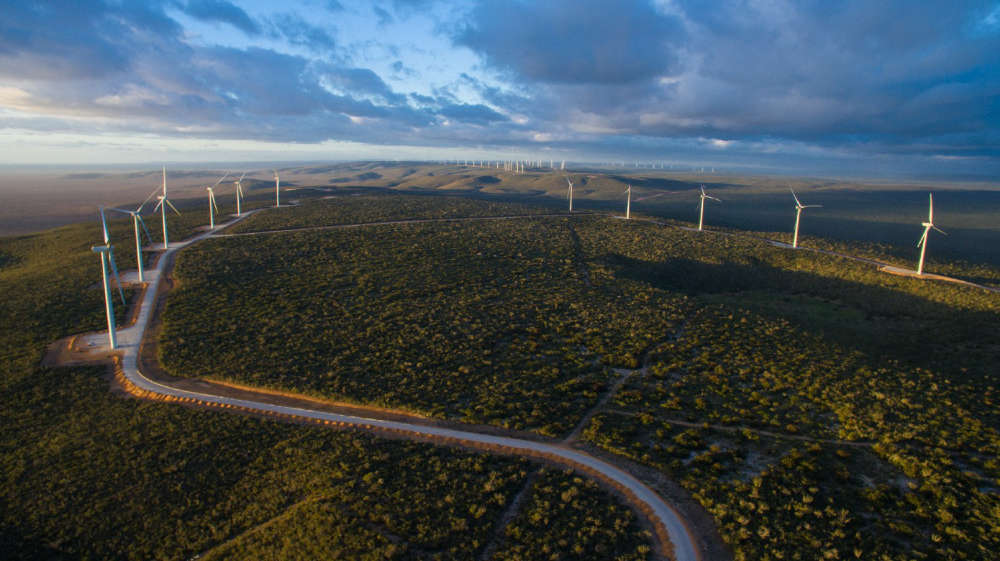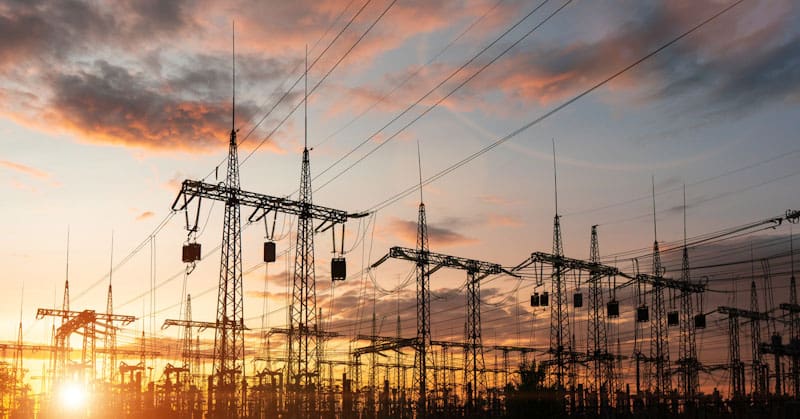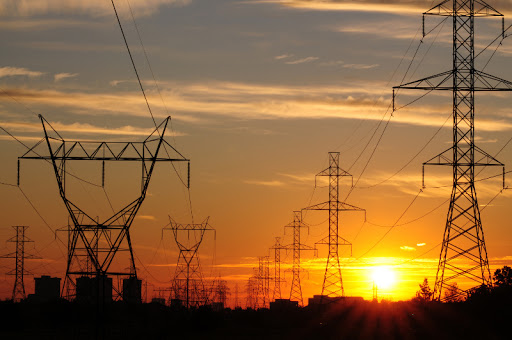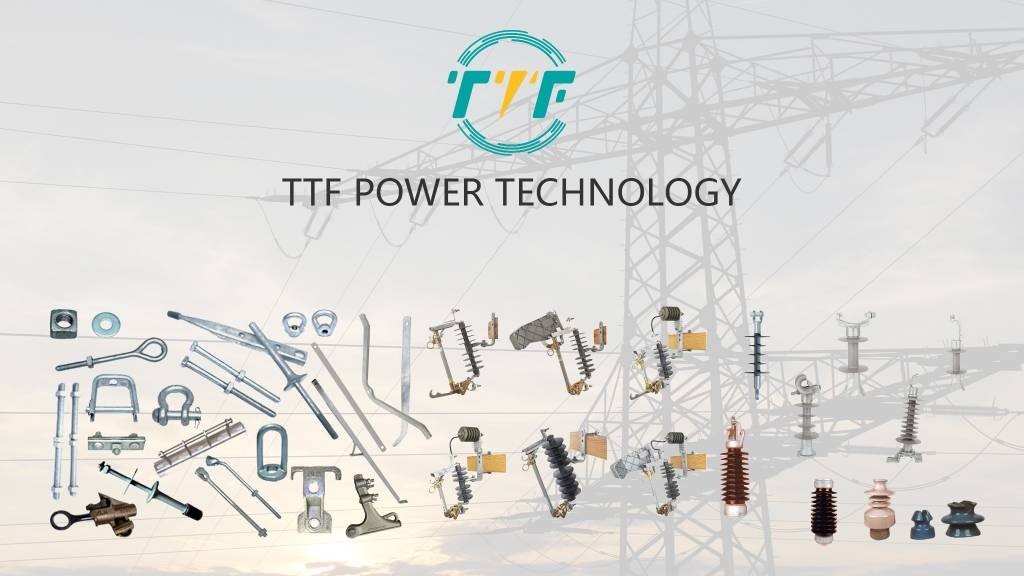- Pole line hardware includes components such as insulators, clamps, and connectors.
- pole line aid in ensuring the efficiency and reliability of energy infrastructure.

South America boasts a vast electrical infrastructure, and various organizations have emphasized the need for increased investment in key sectors. These sectors encompass electricity transmission, energy storage, pole line hardware, grid infrastructure, and transportation. The energy infrastructure in the region is currently inadequate to meet its competitive requirements. The World Bank reports that annual infrastructure investments typically account for 2 to 4% of GDP on average. This puts South America at a disadvantage relative to other regions. Countries such as Argentina and Brazil account for approximately 80% of South America’s GDP.
Join us as we explore the challenges facing South America’s electricity infrastructure. We will also examine how pole line hardware addresses these issues. These problems affect the reliability, effectiveness, and sustainability of electricity production and distribution. Tackling these challenges will need joint efforts from governments, private investors, and international organizations. Pole line hardware tackles these challenges by enhancing the durability and reliability of power lines. Additionally, insulators, clamps, and brackets can enhance the reliability and expandability of the grid. Additionally, the pole line hardware is designed with precision, which means it needs less frequent maintenance. This lowers operational expenses and ensures a more stable supply of energy.
Challenges impacting the energy infrastructure of South America.
South America’s energy infrastructure encounters various challenges that impact its efficiency and sustainability. As a result, this impacts the production and distribution of electricity across the entire area. As of now, 96% of households in South America have access to electricity. Electricity could serve as a significant competitive edge for the region. This mainly relies on the availability of clean energy generated by hydropower. To incorporate renewable energy sources, the area needs to enhance and modernize its electricity grid. Contemporary pole line equipment can support smart grid technology. This contributes to improved energy efficiency and demand management in South America. The challenges facing the energy infrastructure in South America are as follows:

- The area possesses significant opportunities for incorporating renewable energy sources. This comprises solar, wind, hydroelectric, and geothermal energy sources. Incorporating this into the main grid presents difficulties. This is because of its limited flexibility and ability to manage fluctuations in energy production.
- Regulatory challenges arise due to the differing regulatory landscape for energy infrastructure in the region. This presents obstacles for regional collaboration and international energy trading.
- Cybersecurity threats have emerged as the integration of smart grids and IoT devices into energy infrastructure creates new vulnerabilities. This may lead to extensive disturbances, financial harm, and pose risks to national security.
- The energy infrastructure in South America is aging and requires modernization. This comprises aging power plants, transmission lines, and substations. All these are susceptible to breakdowns. This results in regular power outages and inefficiencies in the energy supply.
Alternatives to energy infrastructure challenges using pole line hardware
Historically, many countries in South America have invested in their energy systems through private partnerships. Governments and industry experts are working together to address these issues. Possible approaches include policies and regulations, teamwork, and technological advancements. Moreover, these solutions should be tailored to meet the distinct needs of the region. Examples encompass modernization, enhanced accessibility, and improved resilience. Pole line hardware consists of various components intended to ease the expansion of power lines to distant areas. They help energy providers expand the grid to deliver power to underserved communities. Here are some common remedies for challenges in the energy infrastructure.

- Government agencies and industry experts can put in place measures to safeguard the energy grid from cyber threats. This could involve ongoing enhancements to security measures, safeguarding sensitive information through encryption, and persistent surveillance for possible risks.
- The region could enhance collaboration by establishing cross-border energy trade agreements. This enables countries to exchange energy resources. This can help harmonize supply and demand throughout the area and lessen dependence on a single energy source.
- Governments need to develop policies and regulations that promote private investment in energy infrastructure. They could also encourage the issuance of green bonds to finance projects related to energy efficiency.
- Infrastructure modernization involves upgrading outdated equipment to more efficient and dependable technologies. This encompasses the investment in aging power plants, transmission infrastructure, and substations. This contributes to lowering the chances of failures and enhancing the stability of the grid.
In summary,
South America faces many challenges in its energy infrastructure, impacting both power generation and distribution. These issues encompass outdated infrastructure, unequal access to energy, a heavy dependence on hydropower, and vulnerabilities related to cybersecurity. Climate change greatly affects the energy systems in the region. This could worsen issues like grid instability and energy shortages. Pole line hardware plays a vital role in enhancing the energy infrastructure of South America. The elements enhance reliability, promote growth, ease the integration of renewable energy, and improve resilience to environmental challenges. So, it is essential to incorporate pole line equipment into the development of energy infrastructure. This will promote a more effective and sustainable energy system across the region.

TTF Power Systems produces and provides hardware fittings for utility poles, accessories for transmission lines, and pole line hardware. We offer the widest range of products in the industry, along with outstanding value and expert service. This approach allows South America to protect its energy future while guaranteeing access to clean, dependable, and cost-effective electricity.
